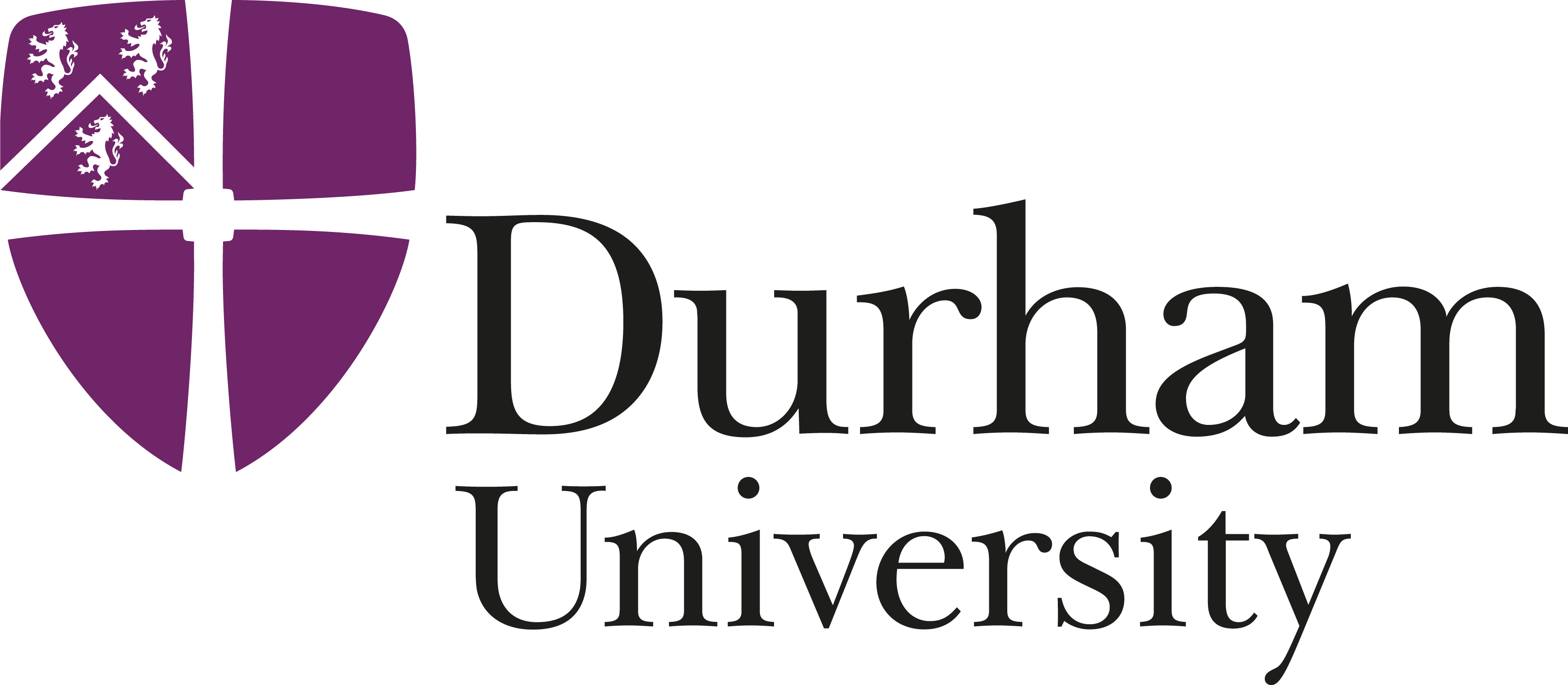

We consider animation and simulation in a broad sense defined as computation dealing with time-varying phenomena, and invite you to submit high-quality work. Accepted full papers will be published in the journal Computer Graphics Forum, a leading journal for in-depth technical articles on computer graphics. Accepted short papers will be published in the conference proceedings indexed by ACM and Eurographics.
The conference topics include:
Full papers are permitted to be up to 12 pages in length, short papers up to 4 pages in length, including acknowledgements, references, etc. Both full and short papers will be given oral presentations in the conference. All submissions will be reviewed on the basis of technical quality, novelty, significance, and clarity. Submissions should use the EG latex template downloaded from here. You can submit your work through our submission site.
The review process will be double-blind and an anonymous version of your manuscript should be submitted as a single PDF file. Supplemental material such as additional descriptions or videos may also be submitted electronically and will be made available to reviewers (max. 250MB). We will open the submission system on our conference website in the upcoming weeks. SCA has a strict two-cycle review process. That means, papers will be rejected after conditional acceptance if they fail to incorporate the required changes.
By submitting your article to an ACM Publication, you are hereby acknowledging that you and your co-authors are subject to all ACM Publications Policies, including ACM's new Publications Policy on Research Involving Human Participants and Subjects. Alleged violations of this policy or any ACM Publications Policy will be investigated by ACM and may result in a full retraction of your paper, in addition to other potential penalties, as per ACM Publications Policy.
Please ensure that you and your co-authors obtain an ORCID ID, so you can complete the publishing process for your accepted paper. ACM has been involved in ORCID from the start and we have recently made a commitment to collect ORCID IDs from all of our published authors. The collection process has started and will roll out as a requirement throughout 2022. We are committed to improve author discoverability, ensure proper attribution and contribute to ongoing community efforts around name normalization; your ORCID ID will help in these efforts.
To meet the cost of the conference, one full registration is required for each accepted paper. The registration site will be opened in June.
Due to the hybrid onsite-online nature of SCA 2022, please follow the presentation instruction strictly below.
Your presentation should be 15 minutes long. After your presentation, there will be a few extra minutes for questions.
For onsite presentation, we will provide a computer with Windows, Microsoft PowerPoint and Zoom installed. The computer is connected to a project with 1080p resolution and a 360 degree camera for online broadcast. Please make sure that:
While we do not advise doing so, if you intent to use your own computer for presenting, please make sure that:
For online presentation, please make sure that:
To promote your papers, your presentation will be recorded and shared online after the conference. If you do not wish your presentation to be shared, please let the the conference chair, Hubert Shum, know.